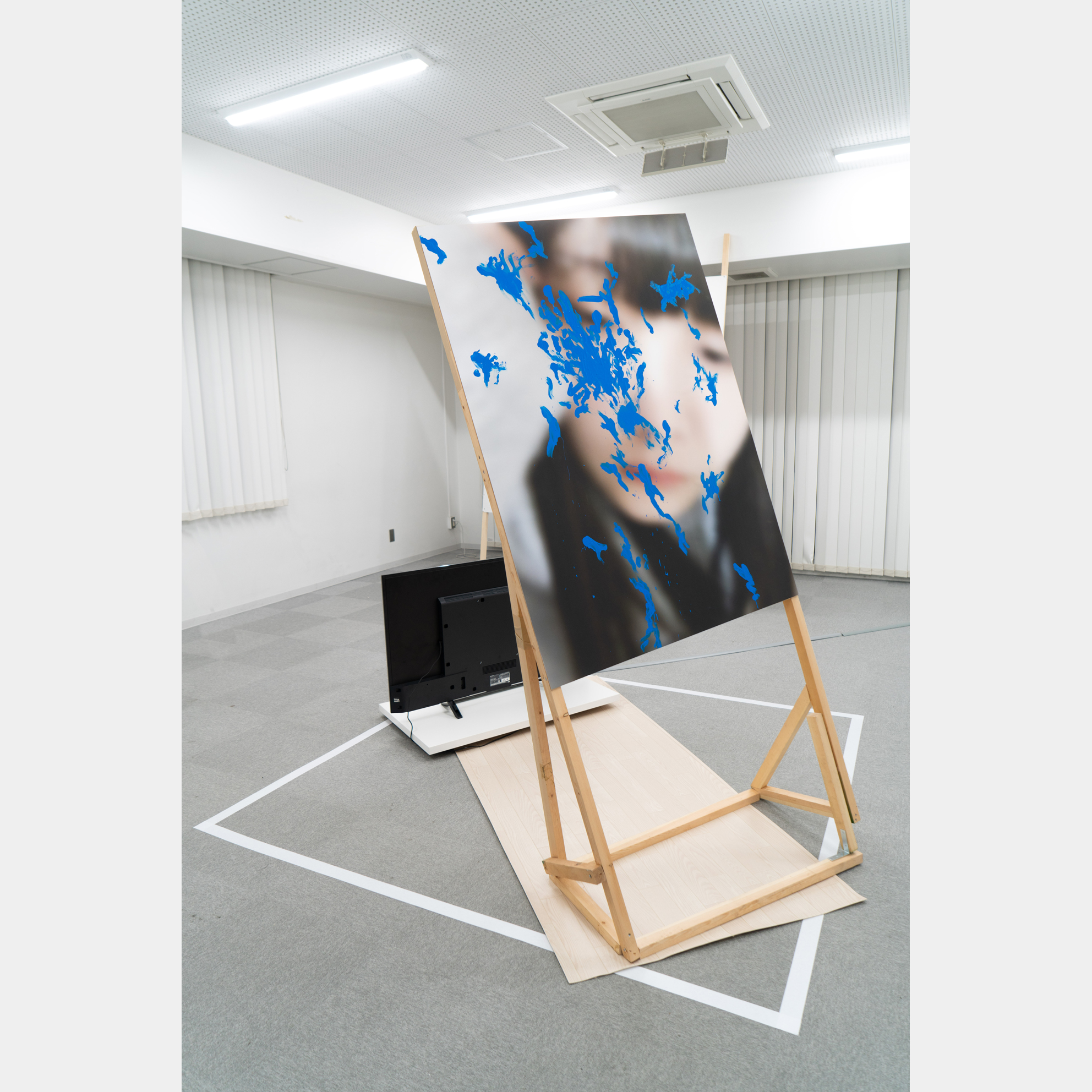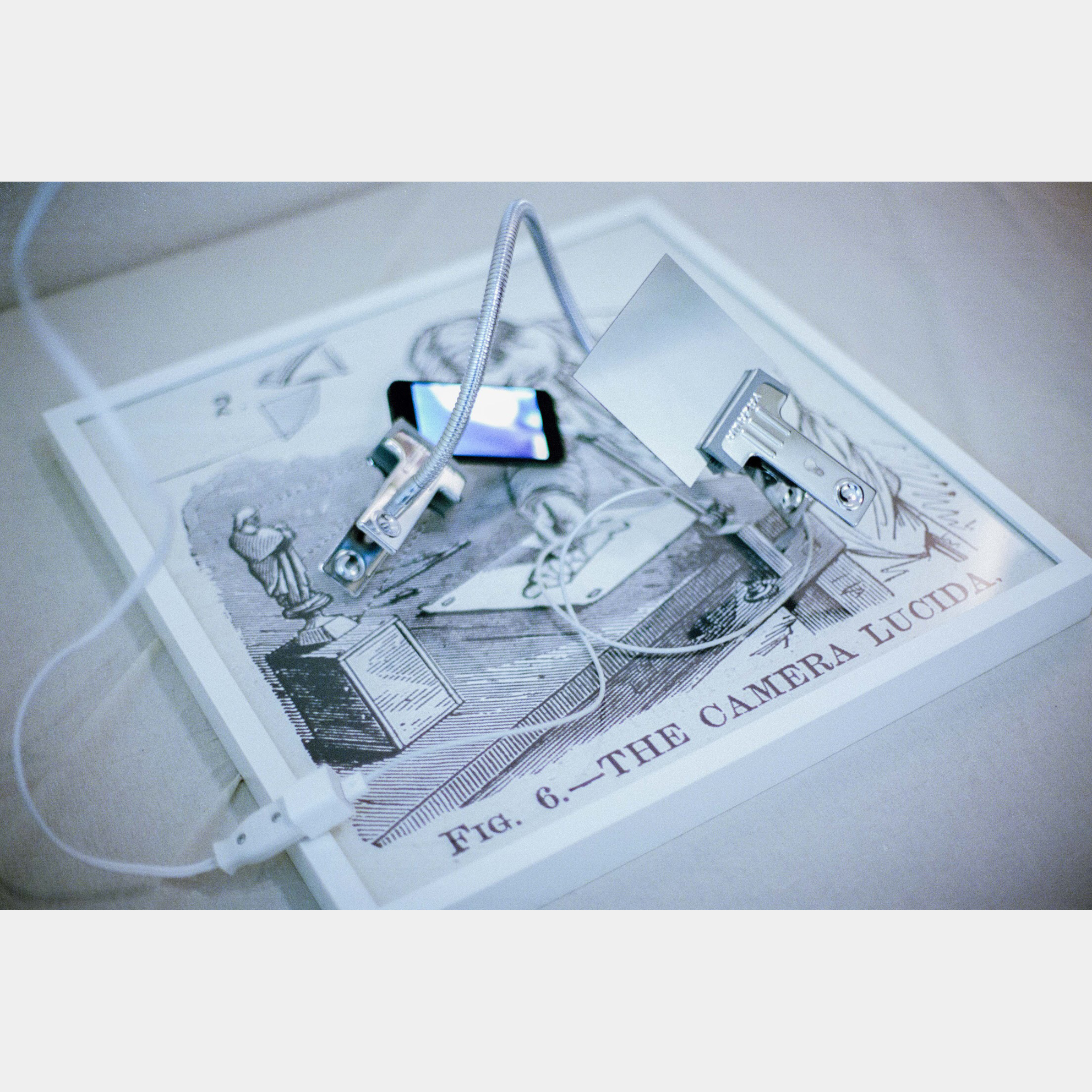
Map and Territory
※Photos are for reference only.

Map and Territory
※Photos are for reference only.

Retina Painting
※Photos are for reference only.

Camera Lucida or iPhone5
Photo by Naoki Takehisa
※Photos are for reference only.

Rintaro Fuse
1994 Born in Tokyo
2016 “iphone mural(Cave painting of iPhone)” BLOCK HOUSE (Tokyo,Japan)
2017 “New Loneliness” honkbooks (Tokyo,Japan)
2018 “Yuta Akiyama+Rintaro Fuse -Model Room-” SNOWCONTEMPORARY (Tokyo,Japan)
2018 “Mapping of Loneliness” Yotsuya Mikakunin studio (Tokyo,Japan)
I am working on my projects in order to affirm a new sort of loneliness. I have created installations that combine paintings, video, and used goods as modules and curated number of exhibitions featuring contemporary artists and creators. These are constructed with an analysis of society since the launch of the iPhone, as well as the in-depth research of the cave paintings in France and Spain.
The executive director of Higashiyama Artists Placement Service (HAPS)/The artistic director of Vincom Center for Contemporary Art
[Comment by Selector]
Rintaro Fuse (born in 1994, living in Tokyo) is an artist who uses various media. He works not only in creating artwork but also the planning of exhibitions. In doing so, rather than simply being skillful, he has a clear readiness, having given into a certain kind of abandonment, that whatever you do, you do it. You cannot overlook the point that at the moment, he is carrying out all of his various activities while attending Tokyo University of the Arts. It’s obvious in the case of Sota Fujii, an admirable, calm high school student and professional shogi player, but the process of reaching maturity has been transformed by information technology (on the other hand, cases also surface in which older men are in fact children to a startling extent). There is no longer any time to put off the end of life. There is no stable foundation anywhere, and making something self-explanatory only carries risk. Fuse’s art practice conforms to that reality. The processes of recognizing the subject, producing the work, and appreciating the result are perceived as overlapping, and only a composite system along those lines is offered.